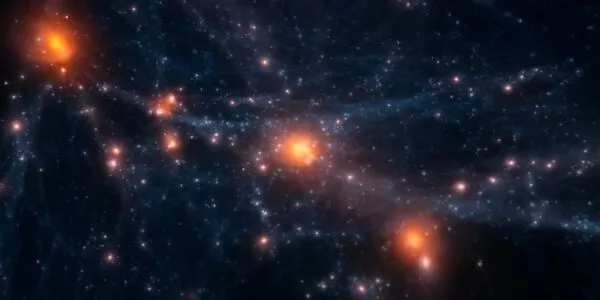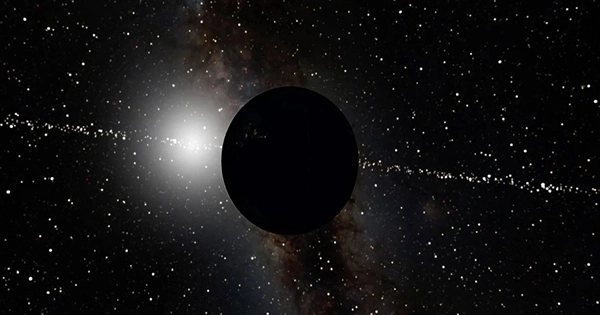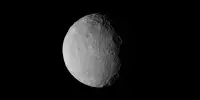There will soon be a significant expansion of the quest for an alien civilization. The MeerKAT observatory in South Africa and the Breakthrough Listen organization have launched a new partnership to target more than 1 million nearby stars in the hunt for technosignatures, which might be proof of extraterrestrial civilization.
The number of targets will rise by a factor of 1,000 with the addition of this fantastic observatory, which is the biggest radio telescope in the Southern Hemisphere. The telescope, which has 64 antennas, will produce data for almost two years thanks to the cooperation between the Breakthrough Listen team and the South African Radio Astronomy Observatory (SARAO) engineers.
“I am very excited to be able to conduct a search for technosignatures using one of the most sensitive telescopes in the world,” Dr Cherry Ng, Breakthrough Listen’s Project Scientist for MeerKAT, said in a statement.
“We can search more than a million neighboring stars in just two years. In our standard observation mode, MeerKAT will enable us to locate a transmitter similar to Earth’s brightest radio beacons out to a distance of 250 light-years.

The current research being done with the Green Bank Telescope (GBT) in the United States, the Parkes Telescope in Australia, and other telescopes across the world will be supplemented by this search. GBT and Parkes both required the antenna to move in order to point at targets, however, the MeerKAT program won’t.
Dr. Andrew Siemion, the principal investigator for Breakthrough Listen, stated that MeerKAT has 64 dishes and can view an area of the sky that is 50 times larger than what the GBT can see simultaneously.
The majority of the stars in a field of view this size often contain interesting targets for techno signature. With the aid of our brand-new supercomputer, we can combine the signals from the 64 dishes to obtain extremely sensitive high-resolution scans of these objects without interfering with other astronomers’ use of the array for their own studies.
Proxima Centauri, the star that is nearest to Earth and has two planets in the habitable zone, will be one of the observatory’s first targets to be observed. It has long been thought to be a promising contender for potential life.
Dr. Fernando Camilo, Chief Scientist for SARAO, continued, “MeerKAT has a fantastic mix of sensitivity and survey speed, which makes it a wonderful telescope for SETI. “It’s really exciting that young South Africans will have the possibility to be involved at the vanguard of the quest for life beyond Earth. The telescope was planned and created here in South Africa.”
The Breakthrough Initiatives are a collection of many projects supported by the Yuri and Julia Milner-founded Breakthrough Foundation that focus on various facets of life in the universe.















